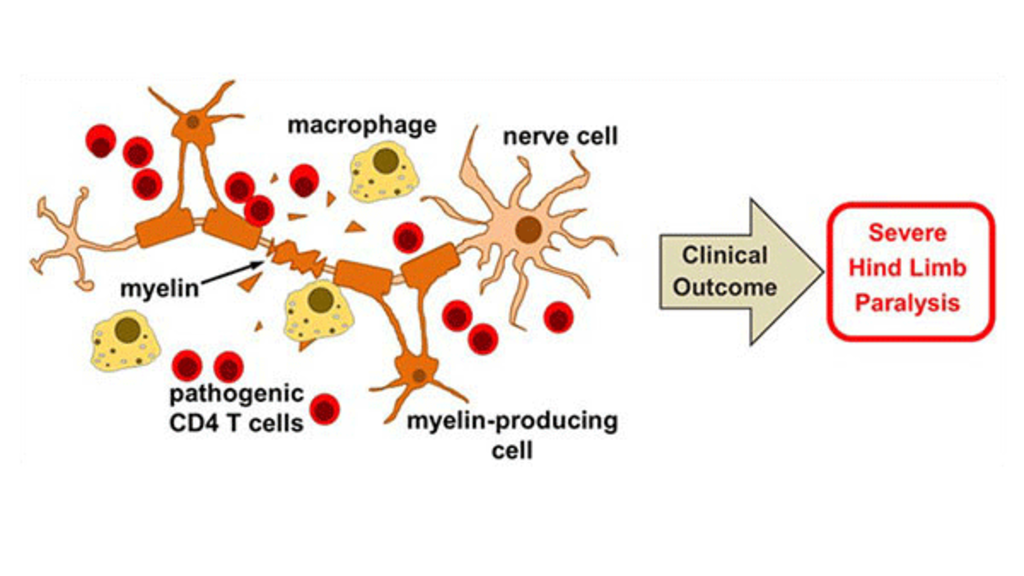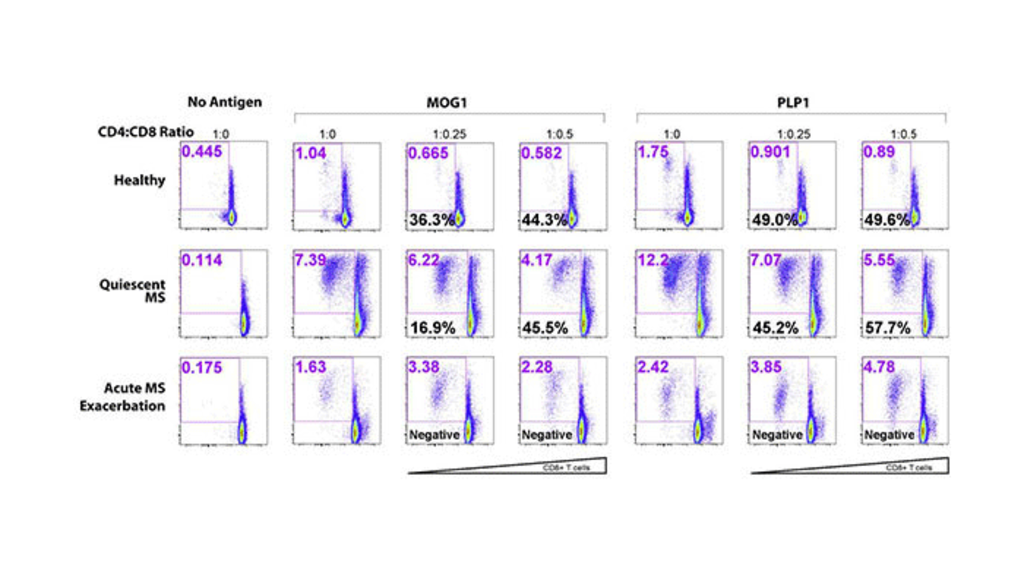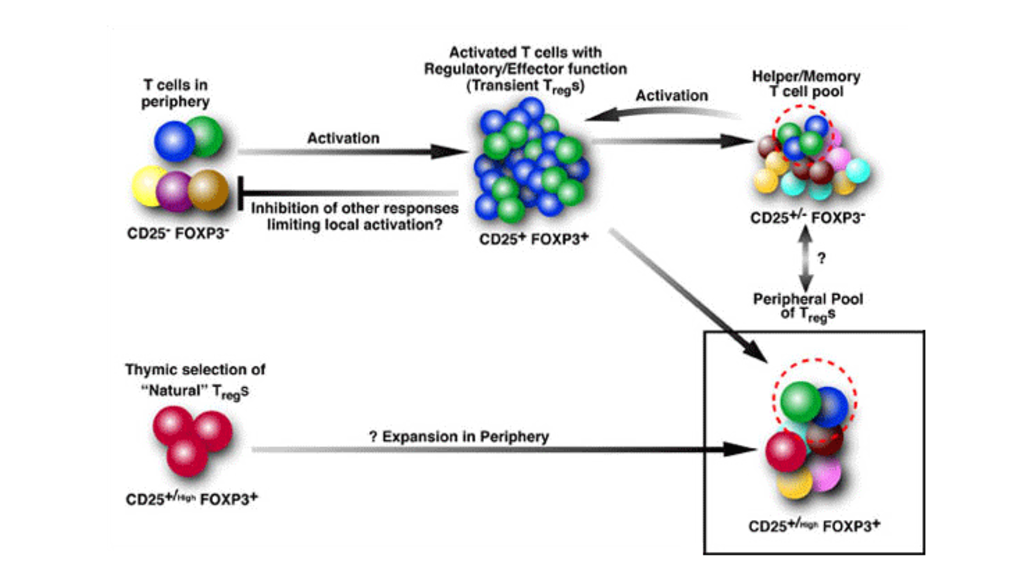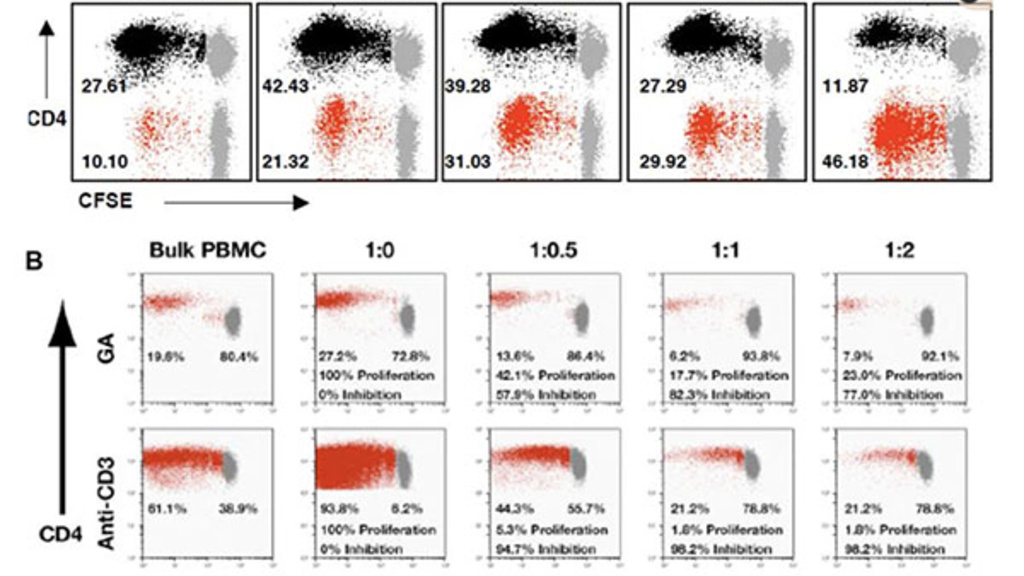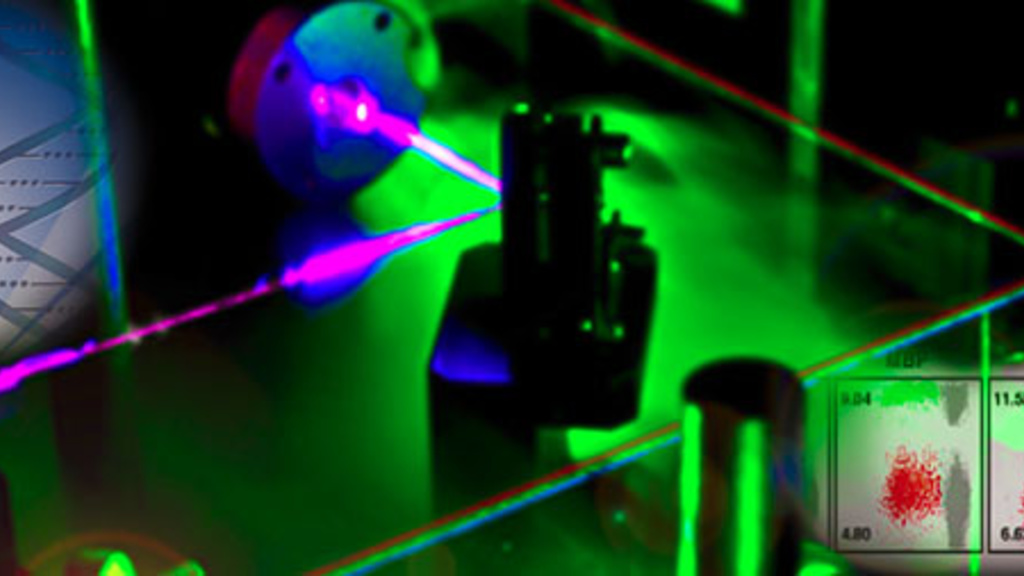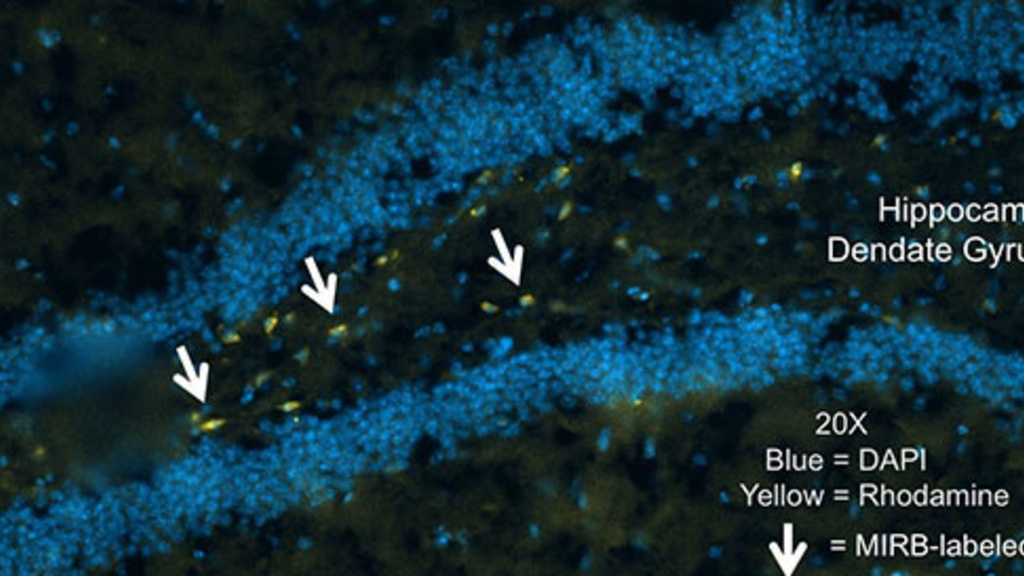
Adaptive immune cells: Key players in protection and repair following brain injury
The following two projects are led by Sterling B. Ortega, PhD, Associate of Pathology: The role of T-cells in stroke recovery and Brain-targeting adaptive immunity in pediatric Extracorporeal Membrane Oxygenation (ECMO) patients with acquired brain injury.
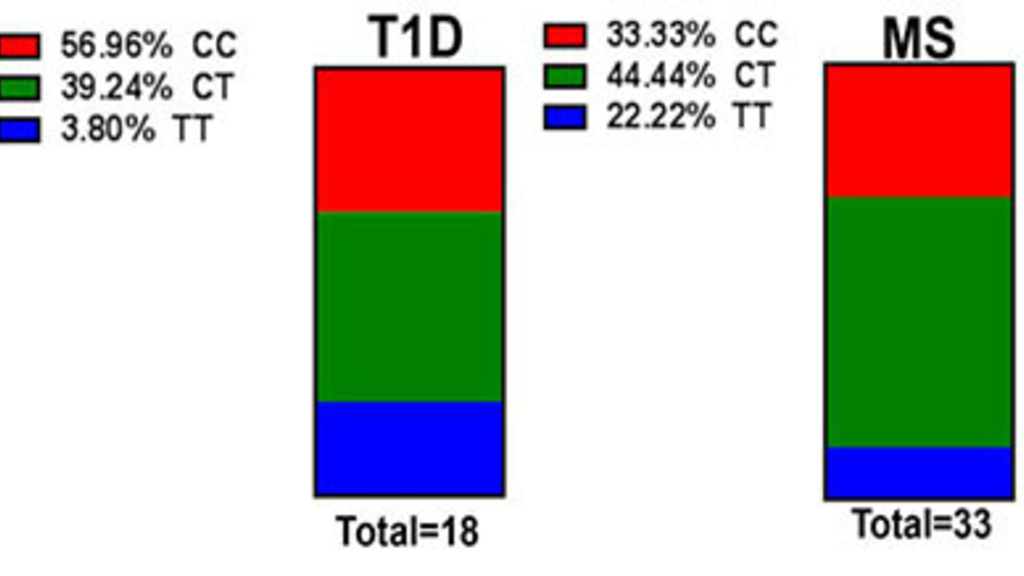
SIRPγ: an important checkpoint of human effector T-cells
Signal regulatory protein g (SIRPγ) is uniquely expressed by human T-cells, compared to other immunomodulatory SIRP family members. The role of SIRPγ in T cell function is largely uncharacterized despite accumulating evidence in the literature linking SIRPγ to autoimmune diseases including T1D and SLE.
